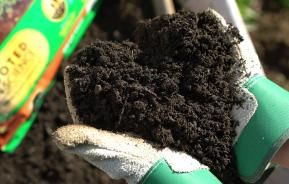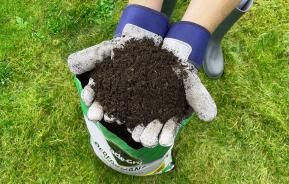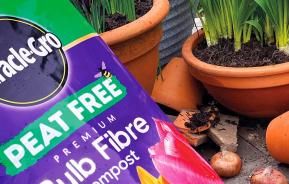Mistletoe comes into its own around Christmas time, when bunches are commonly hung as a decoration – usually in the hope of ensnaring a partner for a quick kiss!
Mistletoe is a hemiparasitic plant that grows on the branches of several tree species. Hemiparasitic means that it obtains water and mineral nutrients from the host tree but, as it has its own green leaves, produces its own food via photosynthesis.
Many people regard mistletoe growing on one of their own trees as a problem as it will reduce its growth, possibly its overall health and can lead to the formation of a witch’s broom. A large mistletoe plant could stunt or even kill the branch it is growing on, or even the whole tree. On the other hand, there are numerous people who want to try and grow their own, more often than not from the plants adorning their house over the festive period.
In nature, mistletoe seeds are spread by birds that eat the fruit. The seeds are then either regurgitated, excreted in the droppings, or most often they stick to the bird’s beak and are then wiped onto the branch as the bird tries to remove them. The seeds are coated with a sticky material, called viscin, which sticks them firmly in place.
How to grow mistletoe
Cultivating mistletoe
Mistletoe won’t grow on all tree species. The main hosts are apple, hawthorn, lime and poplar, although maples, willows, plums and rowans may also be suitable. In fact, most trees and shrubs of the rose family (Rosaceae) may be suitable.
Mistletoe varieties
There is only the straight species, Viscum album.

Sowing mistletoe seeds
It is possible to ‘sow’ the seeds to try and grow your own mistletoe, but some care is needed.
Although you can use seed from sprigs of mistletoe that have been kept in the house over Christmas, it isn’t ideal. The seeds may have dried out too much and may not be viable. Also, if it was picked early, the seeds may not have ripened adequately.
If the mistletoe berry has dried out, remove the seeds and soak them in tepid water overnight. You’ll get best results from mistletoe taken fresh from a tree.
Gently squeeze the seeds out of the berry. They come out enclosed in a ball of the sticky, jelly-like viscin. Try to remove as much of this as possible, as the seeds tend to germinate better when fairly ‘clean’, but still stick on the tree with just a little glue remaining.
You then need to choose suitable mistletoe host trees to sow them on. Choose branches about 15-20cm (6-8in) in diameter and push the seed into nooks and crannies in the bark on the underside of the branch. Choose a branch that’s not too high up to make picking later easier.
Not all the seeds will germinate, some will fall off and some will be eaten, so the more you sow, the better your chance of success. Each resulting plant will be either male or female, so you’ll need at least 2 plants – maybe several to guarantee both sexes – for berries.
Then hope for the best!
How to care for mistletoe
No care is needed. If the seeds germinate, the plants will grow of their own accord.
Mistletoe grows very slowly in the first 3 to 4 years, by which time it should have produced a few small leaves – so be patient.
If the mistletoe grows too thickly, you may want to thin out some of the growth to prevent it getting too large and taking over the tree. Also, as it gets bigger, it will also get heavier and could cause the branch to snap.
| Flowering season(s) | Spring |
|---|---|
| Foliage season(s) | Spring, Summer, Autumn, Winter |
| Sunlight | Partial shade, Full sun |
| Ultimate height | Up to 90cm (3ft) |
| Ultimate spread | Up to 90cm (3ft) |
| Time to ultimate height | 10-15 years |








